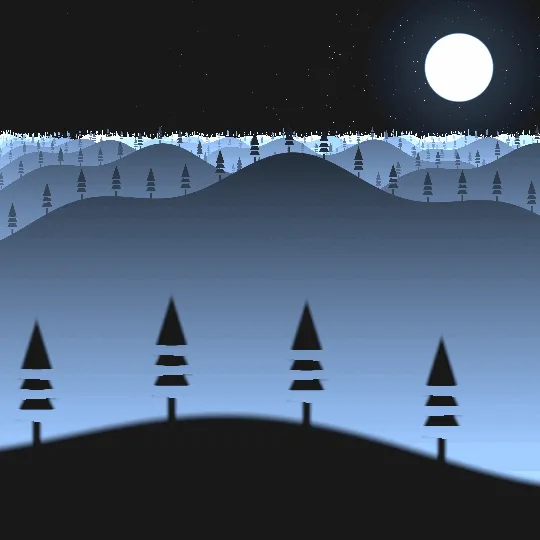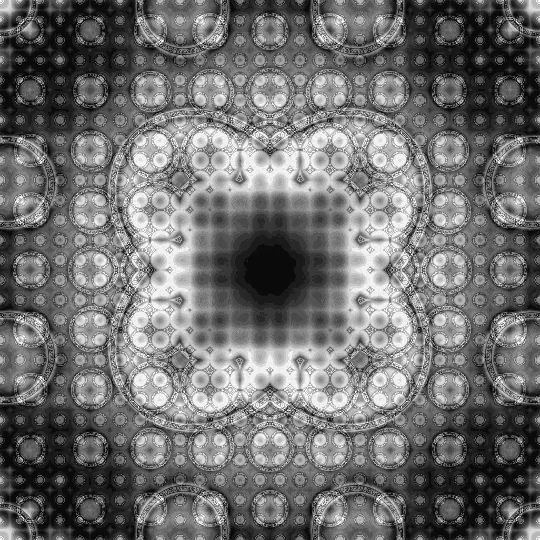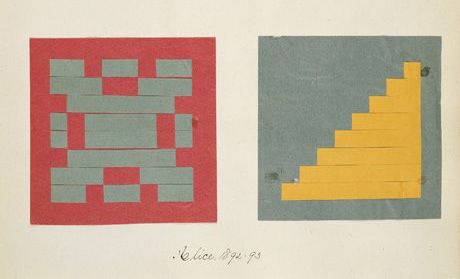
Shader Layering
I’ve been working on putting together a layered parallax scene as per https://www.youtube.com/watch?v=XaiYKkxvrFM. I’m a good ways there writing most of the code on my own. I’ve made series of repeating trees across a sloping hill and it’s time for me to start layering them on top with a for loop. In the tutorial, he wrote all of the shape functions to return vec4 so they include the alpha channel in addition to the colours. ...


